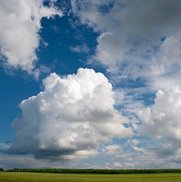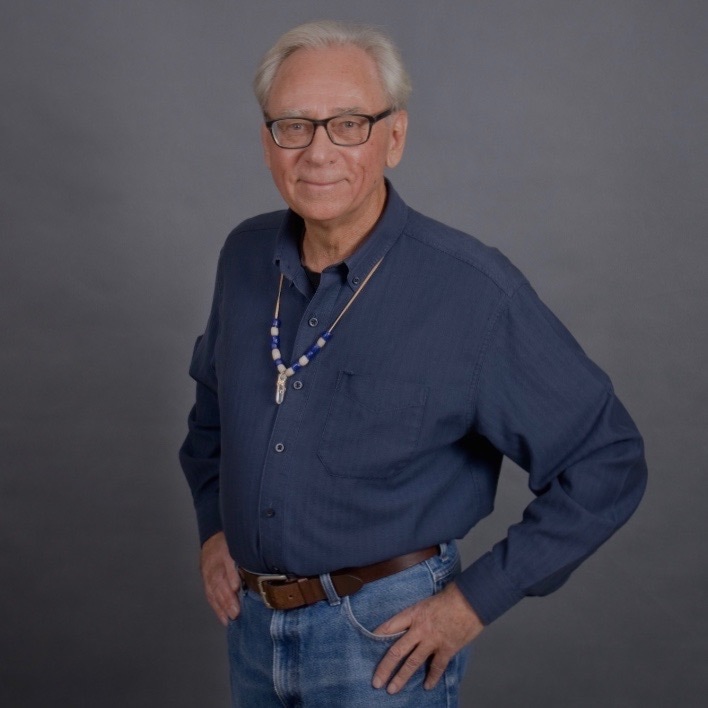 North American Black Bears sleep through winter in a deep restful state known as torpor. During summer, females weigh 120 to 180 pounds. To prepare for winter she forages for high fat foods. Nuts, berries, carrion, insects, and small mammals are consumed. She will increase her body weight and, then loose up to 30 percent over winter. Bulky body weight protects mother bear during her long nap. In January, she births two or three cubs. Aboriginal legends, received as oral tradition, describe a treat she offers her cubs as they begin to nurse.
0 Comments
 The Wisconsin River flows 420 miles from north central Wisconsin southwest to merge with the Mississippi River at Prairie du Chien, Wisconsin. At river’s mouth, she disgorges 12,000 cubic feet of water per second, which is equivalent to the capacity of eight Olympic size swimming pools every minute. The river originates in pine forests and meanders through hardwoods, cities, farmland, sandstone bluffs, and prairies before she reaches her destination. Such a significant river must have flowed in the past as she does today.  We are creative beings. When we use our innate abilities in life and work to make something new, we begin with pause. We take a break in activity to change our perspective toward what is before us. Based on a new awareness, we revise our intention about what we want to accomplish. We realize through experience that pause and movement helps solve problems and achieve goals. Yet, we are hesitant to take a break in the midst of our work. It seems counter-intuitive to set activity aside and delay the logical progress of our work for what we think are intangible benefits of pause and movement. We have been told to “concentrate on work, don’t fiddle time away, quit doodling, stop daydreaming,” or to follow any other well-meaning advice we have learned. But, pause and movement is exactly what we need for creative outcomes.  In a competitive economic environment, business leaders innovate with new ideas, improved product, or efficient operations to meet customer needs. Leadership may be urged to get creative to meet the market. When we think creatively we use the right hemisphere of our brain. Logical thought, by comparison, is associated with the left hemisphere. Combination of both types of thought is necessary for innovation according to Daniel Pink in “A Whole New Mind.” He describes integration of left and right brain thought saying, “The future belongs to whole brain thinkers.” |
About the AuthorI write personal essays, creative non-fiction, flash fiction, and self-development articles from my home in Madison, Wisconsin.
Archives
May 2023
Categories
All
|



 RSS Feed
RSS Feed